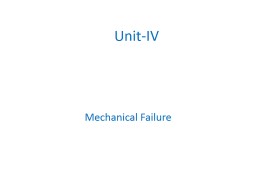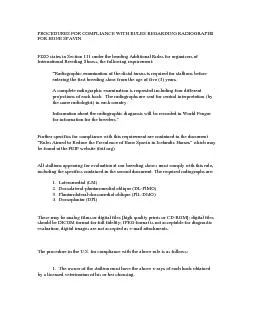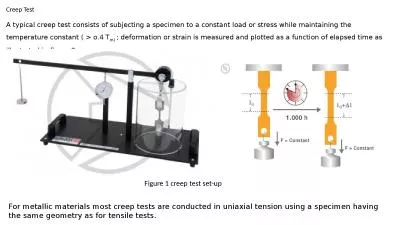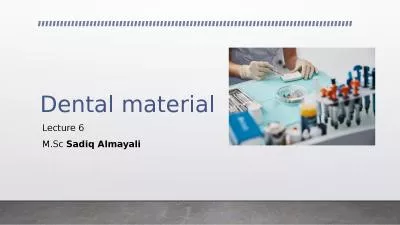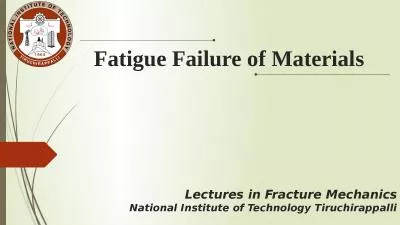PPT-Creep is the tendency of a solid material to slowly deform permanently under the influence
Author : grace3 | Published Date : 2023-10-04
The rate of this deformation is a function of the material properties exposure time exposure temperature and the applied structural load Depending on the magnitude
Presentation Embed Code
Download Presentation
Download Presentation The PPT/PDF document "Creep is the tendency of a solid materi..." is the property of its rightful owner. Permission is granted to download and print the materials on this website for personal, non-commercial use only, and to display it on your personal computer provided you do not modify the materials and that you retain all copyright notices contained in the materials. By downloading content from our website, you accept the terms of this agreement.
Creep is the tendency of a solid material to slowly deform permanently under the influence: Transcript
Download Rules Of Document
"Creep is the tendency of a solid material to slowly deform permanently under the influence"The content belongs to its owner. You may download and print it for personal use, without modification, and keep all copyright notices. By downloading, you agree to these terms.
Related Documents

